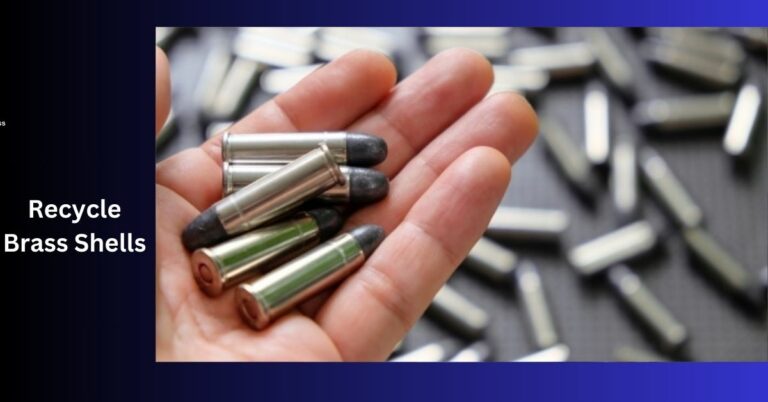First Aid for Sudden Leg Cramps: What to Do
Sudden leg cramps can be incredibly painful and disruptive, striking without warning. While cramp tablets can offer relief, knowing the correct first aid steps is crucial in managing these episodes effectively. This article will delve into the various measures you can take when faced with sudden leg cramps, offering guidance on immediate relief techniques, long-term management strategies, and when to seek emergency medical assistance.
Immediate Steps for Cramp Relief
When a leg cramp strikes, immediate action alleviating muscle contraction is vital. Gentle stretching is one of the most effective methods. For a calf cramp, extend your leg and gently pull your toes back towards your knee. In the case of a thigh cramp, try standing and bending the affected leg up towards your buttocks. Massaging the cramped muscle with steady, firm strokes can also help ease the tension. Applying heat to the muscle can relax it, while a cold pack may reduce pain. Remember to transition into these stretches and massages gradually to avoid causing further muscle strain.
Hydration and Electrolyte Balance
Preventing cramps starts with maintaining proper hydration levels, as dehydration can lead to muscle tightness. Regularly consuming fluids, especially water, is essential. Electrolytes like potassium, magnesium, and calcium are crucial for muscle function, and an imbalance can lead to cramping. Ensure your diet has foods rich in these minerals or consider supplements if necessary. Drinking sports drinks with electrolytes during intense exercise can also be beneficial.
Proper Nutrition and Diet
A diet that supports muscle health can significantly reduce the frequency of leg cramps. Nutrients essential for muscle function, such as B vitamins, magnesium, and potassium, should be incorporated into your daily meals. Whole grains, nuts, bananas, potatoes, and dairy products are excellent sources of these nutrients. Reducing or avoiding substances that can dehydrate the body, such as excessive caffeine and alcohol, is advisable. Balanced meals combined with adequate hydration contribute to overall muscle health and function.
Regular Exercise and Stretching
Engaging in regular, moderate exercise is a key preventative measure against muscle stiffness and cramps. Activities that enhance muscle strength and flexibility, such as swimming, cycling, or walking, are particularly beneficial. Regular stretching exercises, especially those targeting the leg muscles, should be a part of your routine. Yoga and Pilates, combining stretching with strength-building, can be especially effective. Always warm up before exercising and cool down after the exercise to prepare the muscles for activity and reduce the risk of cramping.
Comfortable Sleeping Positions
To minimise the occurrence of leg cramps during sleep, consider adopting positions that prevent excessive muscle strain. Sleeping with your legs extended or slightly elevated can help ensure that bedding does not restrict leg movement. Using supportive pillows to maintain a comfortable sleeping position can also effectively prevent nighttime cramps.
When to Call for Emergency Help
Leg cramps may indicate a more serious underlying health issue in certain cases. If cramps are recurrent, severe, and unresponsive to basic measures, seeking medical advice is essential. Look out for symptoms like swelling, redness, skin changes, or accompanying severe pain, as these may warrant immediate medical attention. Moreover, if the cramps are associated with other symptoms like numbness or weakness, it is crucial to consult a healthcare professional promptly.
Long-term Management of Recurrent Cramps
A comprehensive long-term management plan is crucial for those who frequently experience leg cramps. This includes maintaining a regular exercise routine, adhering to a balanced diet, staying well-hydrated, and effectively managing stress. Additionally, monitoring for underlying conditions that may contribute to the cramps, such as electrolyte imbalances or neurological issues, is important. Consulting with a medical professional to develop a comprehensive plan, which may involve lifestyle changes and cramp tablet use, can effectively manage recurrent leg cramps.
Practical Tips for Preventing Leg Cramps
In addition to the comprehensive strategies discussed above, here are some practical tips to help prevent leg cramps:
- Maintain a healthy body weight: Increased body weight can strain your leg muscles, increasing the risk of cramps.
- Wear comfortable footwear: Ensure your shoes provide adequate support and cushioning, reducing the strain on your leg muscles.
- Stretch before bedtime: Gentle stretching exercises before sleep can help relax your muscles and prevent nighttime cramps.
- Stay active: Do not sit or stand for long periods to prevent muscle stiffness.
- Consider magnesium supplements: If you have recurrent cramps and your diet lacks magnesium-rich foods, consult a healthcare professional about supplementation.
- Manage chronic medical conditions: If you have diabetes or peripheral artery disease, managing them effectively can reduce the risk of leg cramps.
- Stay consistent: Continuously practice these preventative measures to maintain muscle health and minimise the occurrence of leg cramps.
Conclusion
In conclusion, sudden leg cramps can be excruciating, but there are various strategies to manage and prevent them effectively. From immediate relief methods to long-term management plans, understanding and implementing these techniques can significantly alleviate the discomfort caused by leg cramps. Remember that while cramp tablets can provide relief, they are most effective with a comprehensive approach to managing cramps. If the cramps are severe, frequent, or accompanied by other concerning symptoms, seeking medical advice is imperative.





